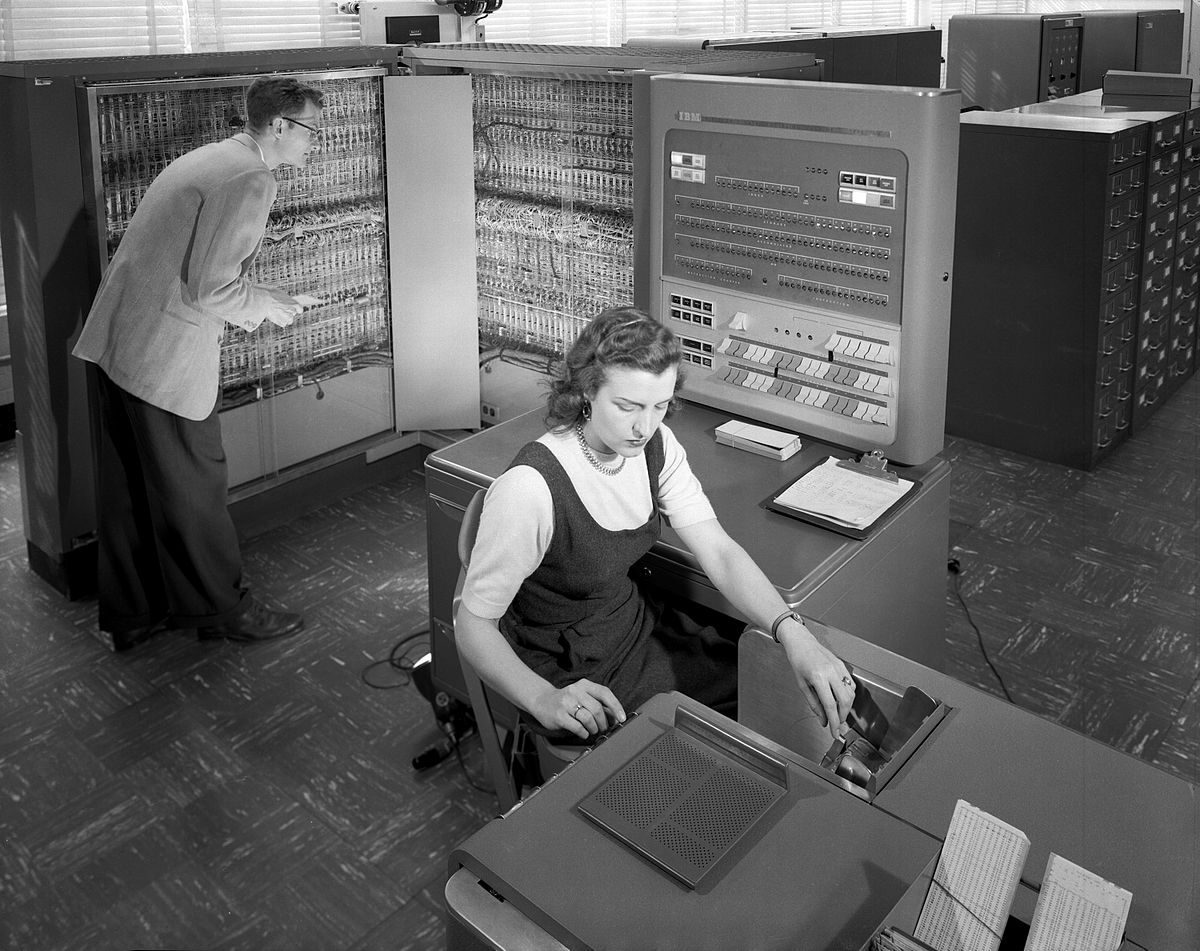- Joined
- 27 December 2005
- Messages
- 16,415
- Reaction score
- 18,962
Some details of the APQ-81 radar from the Missileer
Targets tracked simultaneously: 16
Frequency: C band
Average power: 2 kW (to be increased to 5kW later)
PRFs: 65kc/s, 11/10ths of 65kc/s, 11/9ths of 65kc/s
Aerial diameter: 60 in
Beamwidth: 2.5 deg
Range gates: 10
Scan limits: +-60deg in azimuth, +48 to -40deg elevation.
Frame time: 2 sec
0.3sec (2 x 0.15 sec) turnaround time, of which each half is used to transmit guidance commands to missile.
Aerial search: 30 deg x 5deg
Scan pattern: 2 bar scan
time on target: 60-70msec
Number of filters: 10 x 2 x 30
Maximum unambiguous range: 112nm
Target range rate: 215 - 2900 knots
Target altitude: 0-100,000ft
Range, 90% probability on 5 sq m target: 72nm
IBM 704 computer
Reflex klystron oscillator with 4 cavity klystron amplifier.
An early method of range while search was attempted. The radar switched between 3 prfs and then attempted to detect which range gate the signal is received in (output from doppler bank). However signals could overlap two range gates at certain distances. THey considered either measuring the number of times threshold was exceeded in each range gate, then assuming that the range gate where the threshold was exceeded most often was the correct one, or alternatively choosing one and then comparing the range information for consistency with previous range information.
Westinghouse weren't completely happy with the method of range measurement and were considering a linear frequency modulation to the transmitter instead [FM ranging].
Targets tracked simultaneously: 16
Frequency: C band
Average power: 2 kW (to be increased to 5kW later)
PRFs: 65kc/s, 11/10ths of 65kc/s, 11/9ths of 65kc/s
Aerial diameter: 60 in
Beamwidth: 2.5 deg
Range gates: 10
Scan limits: +-60deg in azimuth, +48 to -40deg elevation.
Frame time: 2 sec
0.3sec (2 x 0.15 sec) turnaround time, of which each half is used to transmit guidance commands to missile.
Aerial search: 30 deg x 5deg
Scan pattern: 2 bar scan
time on target: 60-70msec
Number of filters: 10 x 2 x 30
Maximum unambiguous range: 112nm
Target range rate: 215 - 2900 knots
Target altitude: 0-100,000ft
Range, 90% probability on 5 sq m target: 72nm
IBM 704 computer
Reflex klystron oscillator with 4 cavity klystron amplifier.
An early method of range while search was attempted. The radar switched between 3 prfs and then attempted to detect which range gate the signal is received in (output from doppler bank). However signals could overlap two range gates at certain distances. THey considered either measuring the number of times threshold was exceeded in each range gate, then assuming that the range gate where the threshold was exceeded most often was the correct one, or alternatively choosing one and then comparing the range information for consistency with previous range information.
Westinghouse weren't completely happy with the method of range measurement and were considering a linear frequency modulation to the transmitter instead [FM ranging].


